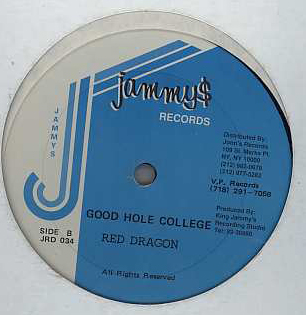
Astronomers can detect them by watching for their effects on nearby stars and gas. Astronomers believe that supermassive black holes lie at the center of virtually all large galaxies, even our own Milky Way. On the other end of the size spectrum are the giants known as "supermassive" black holes, which are millions, if not billions, of times as massive as the Sun. Judging from the number of stars large enough to produce such black holes, however, scientists estimate that there are as many as ten million to a billion such black holes in the Milky Way alone. Most stellar black holes, however, are very difficult to detect. Astronomers spot them when another star draws near enough for some of the matter surrounding it to be snared by the black hole's gravity, churning out x-rays in the process. Peppered throughout the Universe, these "stellar mass" black holes are generally 10 to 24 times as massive as the Sun. On the one end, there are the countless black holes that are the remnants of massive stars. Chandra and NASA's Hubble Space Telescope later collected data from the event's "afterglow," and together the observations led astronomers to conclude that the powerful explosions can result when a black hole and a neutron star collide, producing another black hole.Īlthough the basic formation process is understood, one perennial mystery in the science of black holes is that they appear to exist on two radically different size scales. Soon after its launch in December 2004, NASA's Swift telescope observed the powerful, fleeting flashes of light known as gamma ray bursts. When the surface reaches the event horizon, time stands still, and the star can collapse no more - it is a frozen collapsing object.Įven bigger black holes can result from stellar collisions. As the surface of the star nears an imaginary surface called the "event horizon," time on the star slows relative to the time kept by observers far away. However, as the star collapses, a strange thing occurs. (Smaller stars become dense neutron stars, which are not massive enough to trap light.) If the total mass of the star is large enough (about three times the mass of the Sun), it can be proven theoretically that no force can keep the star from collapsing under the influence of gravity. Most black holes form from the remnants of a large star that dies in a supernova explosion. One Star's End is a Black Hole's Beginning Recent discoveries offer some tantalizing evidence that black holes have a dramatic influence on the neighborhoods around them - emitting powerful gamma ray bursts, devouring nearby stars, and spurring the growth of new stars in some areas while stalling it in others. As the attracted matter accelerates and heats up, it emits x-rays that radiate into space. In this case, the black hole can tear the star apart as it pulls it toward itself. A similar process can occur if a normal star passes close to a black hole. If a black hole passes through a cloud of interstellar matter, for example, it will draw matter inward in a process known as accretion.

We can, however, infer the presence of black holes and study them by detecting their effect on other matter nearby. Scientists can't directly observe black holes with telescopes that detect x-rays, light, or other forms of electromagnetic radiation.


 0 kommentar(er)
0 kommentar(er)
